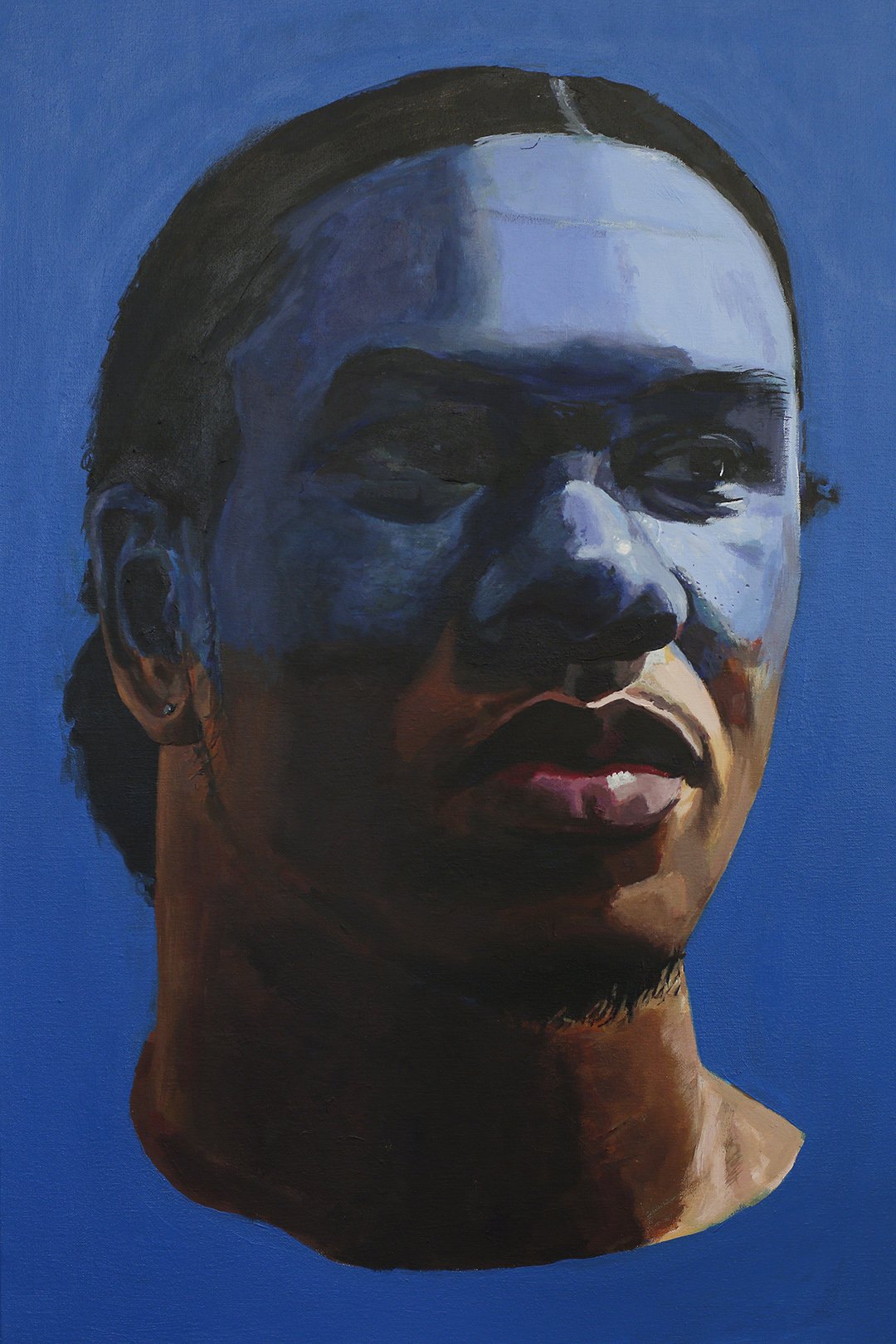Both Things Are True
CLICK FOR ARTWORK INFO
Exhibition Statement
Gallery Director Leah Sobsey gave me a tour of the Maud Gatewood Building at the end of the Fall 2022 semester. Jevon Blanchard, UNCG animation major, stopped us in the second-floor hallway with a warm, enthusiastic greeting. He recognized me from social media. I was extremely proud and completely flattered to be recognized by a young Black creative whom I was meeting for the first time.
I walked into a men’s formalwear store early last year where three staff members and no other customers were present. Another young Black man accompanied me. I felt disregarded and rushed by the staff during the entire visit. I concluded that they felt uncomfortable with our presence. We were still experiencing all the precarities of a global pandemic, and I didn’t seek clarity on whether their discomfort was COVID-based or race-based. At best, the owners allowed less than sociable, anxious employees to manage the shop that day.
Traveling in public with my daughter often garners smiles and other pleasant reactions from folks that see a cute, curious, friendly kid. Those pleasantries make me happy.
I mention these fairly mundane examples to suggest that every encounter with a stranger has the potential to affirm or challenge the stereotypes that hover over us. As we know, unchecked biases run amok and can cause more than just bruised egos. Lives can be destroyed. Conversely, life can be restored and uplifted by choosing to squash stereotypes and see the humanity in the individuals we face.
If my humanity is more apparent after viewing my lighthearted Instagram account or if I become more approachable by the presence of my wife, mother, daughter, or sister, can I expect to be acknowledged, respected, and protected without those qualifiers of my personal value? Has the internalization of the superhuman or subhuman myths about my culture overshadowed the parts of myself that are real and true? Do I prefer it that way? Do you?





















